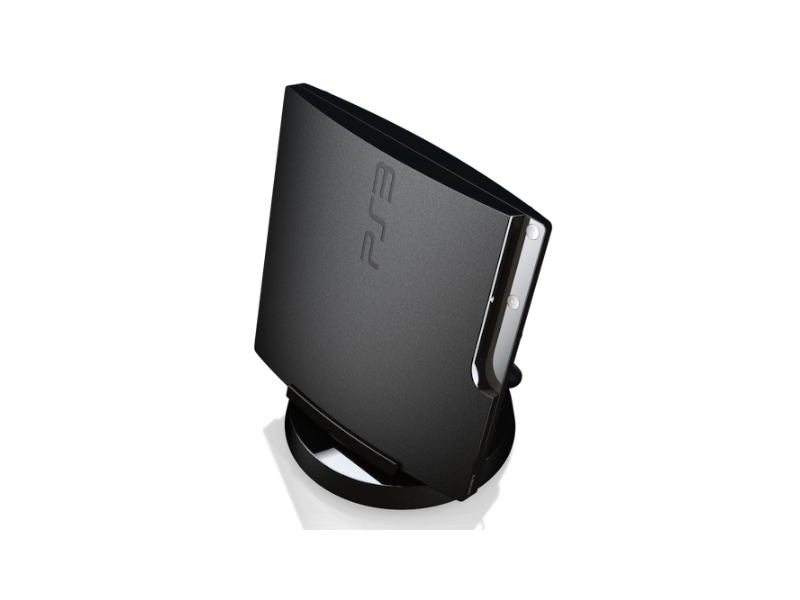TechRadar Verdict
A neat enough unit, but just too expensive to recommend
Pros
- +
Well-made base unit
- +
A useful design
Cons
- -
Expensive base unit + expensive add-ons = double expensive
- -
Somewhat awkward (especially for original PS3 owners)
Why you can trust TechRadar
The TwistDock is, put simply, a stand and controller charging port for your PlayStation 3. It's circular and twists around so you can reach the controllers, which sit hidden behind your PS3. It's designed to look good, feel premium, and keep things tidy.
However, you'll definitely pay for that high-end feeling. The dock itself will cost around £80, with the USB Hub and Cable Set add-on packs both coming in at around £30. We had the full set to play with, so let's see if it's really worth £140.
The basic TwistDock is a round stand with two controller holders in the back. To charge your controllers, you have to attach a little add-on to the top of them that slots into their USB port. This has some contacts on it that press against matching contacts on the TwistDock.
We can guess why they didn't just put USB plugs on the TwistDock: because it's premium. But it would have been simpler. Two lights on the front of the dock tell you whether the controllers are charged (which is actually quite good).
To charge your controllers. the TwistDock naturally needs some power. It comes with a European mains plug, which slots into a UK adaptor. The two really don't look like they've been designed to sit together. They're loose, wobbly and awkward, but didn't actually fall apart in our time using the dock, so escape total condemnation.
There are two USB ports on the back of the TwistDock, so you could charge two more controllers or… um, your phone? These USB ports don't do anything other than power, so they're no good for PS3 accessories that send information to the console.
The USB Hub pack, which adds data functionality (for more money!), actually comes with a new mains adaptor with more power than the TwistDock's original to give the necessary juice to the extra ports. Why didn't they just make the original stronger?
The hub was an absolute pain to get slotted into its hole properly, but we eventually got it in and working. The PS3 had no trouble spotting any peripherals we attached.
Now, the TwistDock's cunning plan to keep your PS3 tidy is to run all cables under the console, through the centre of the dock, under it and out the back. However, to make this really work, you'll need the TwistDock Cable Set, which includes an HDMI cable and a PS3 power cable, both with plugs at right angles.
Your PS3's normal plugs, being straight, will cause the cables to loop quite far out before they come back under the dock to be hidden. "Why, that's not tidy at all!" the TwistDock people probably said. "Let's provide alternative cables that don't loop out thanks to their right-angled connectors, and charge more for them."
There are two problems here. The first is that you have to pay more. Again.
The second is that the provided power cable is the two-pin figure-eight kind used by the PS3 Slim. The old-style PS3 uses the chunky three-pin kettle lead, making 50 per cent of the Cable Set totally useless to any original-style PS3 owners.
On the plus side, the HDMI cable is really well built, and works just fine. On the down side, jamming the kettle-lead cable through the whole in the TwistDock clearly meant for a smaller plug is a damn pain. Especially since the HDMI cable is so thick and covered that it takes up half the space itself.
Apart from this oversight, the TwistDock does work well for both flavours of Sony's machine. And, yeah, it looks good. It's a convenient way to hide your controllers and charge them at the same time.
It's also pretty expensive to begin with, and then you need to add two accessory packs if you want USB data functionality or cables that don't stick out.
The TwistDock is easy on the eye and nice to have around, but it only stays interested in you if you keep spending money on it. As far as we're concerned, it's just too fiddly and awkward to really be the premium product it wants to be and justify how expensive it is.
